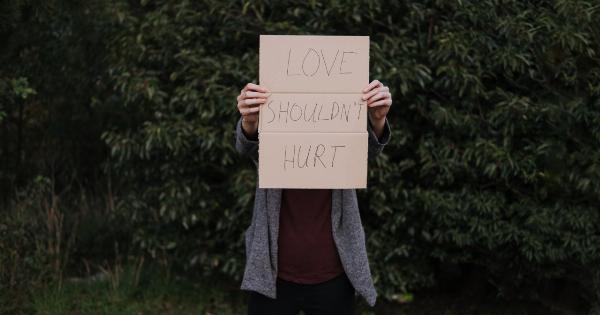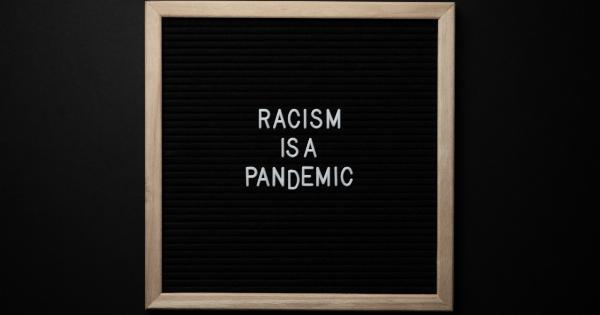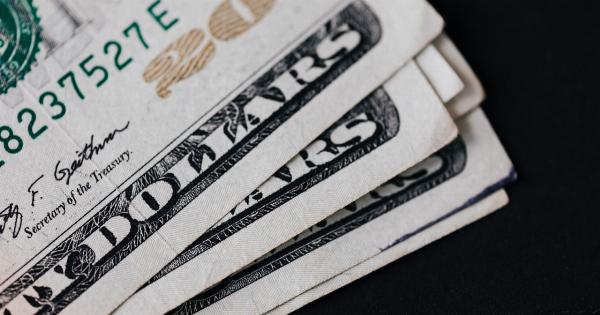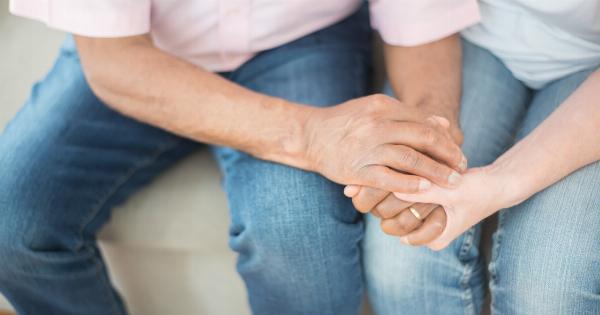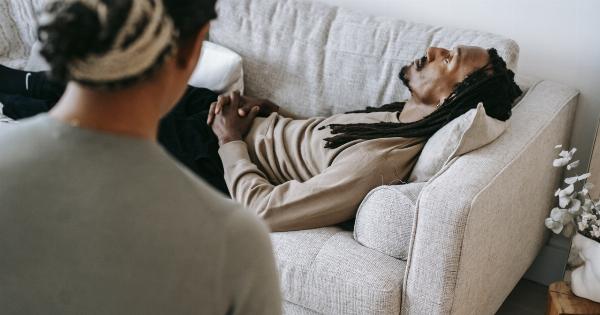Human beings experience a wide range of emotions and sensations, including pain and depression. Both of these experiences can be incredibly difficult to deal with, and they can have a significant impact on a person’s quality of life.
However, human beings have inherent responses to pain and depression that can help them cope and manage these challenging experiences.
What is Pain?
Pain is a physiological response that occurs when the body is injured or damaged in some way. It is an essential protective mechanism that alerts an individual to potential danger and helps to prevent further injury or damage.
Pain can be acute, meaning it is short-term and typically results from a specific injury or illness, or chronic, meaning it persists over time and is often associated with conditions such as arthritis or fibromyalgia.
The Physiology of Pain
When the body is injured, pain signals are sent to the brain via the nervous system. These signals are processed in various areas of the brain, including the thalamus and the limbic system.
The limbic system is responsible for emotions, including fear, anxiety, and pleasure, and it may contribute to the emotional aspects of pain perception. Chronic pain can cause changes in the nervous system, leading to increased sensitivity to pain stimuli and a heightened emotional response to pain.
Coping with Pain
Everyone experiences pain differently, and coping mechanisms will vary depending on the individual.
Some common strategies for coping with pain include distraction techniques, such as listening to music or engaging in a hobby, relaxation techniques, such as deep breathing or meditation, and social support from family and friends. In some cases, medical intervention may be necessary to manage pain, including medications, physical therapy, or surgery.
What is Depression?
Depression is a mood disorder that causes persistent feelings of sadness, hopelessness, and emptiness. It can interfere with a person’s ability to function normally and can have a significant impact on their quality of life.
Depression can be caused by various factors, including genetics, environmental factors, and life events, such as a traumatic experience or a significant loss.
The Physiology of Depression
The exact causes of depression are not fully understood, but it is believed to be related to changes in brain chemistry and neuron function.
Depression is associated with a decrease in the levels of neurotransmitters such as serotonin and norepinephrine, which are responsible for regulating mood and emotion. Depression may also be related to changes in the structure and function of certain areas of the brain, including the hippocampus and the amygdala.
Coping with Depression
There are several ways to cope with depression, including therapy, medications, and lifestyle changes. Therapy can help individuals identify and change negative thought patterns and behaviors that contribute to depression.
Antidepressant medications can be effective in managing symptoms of depression by restoring neurotransmitter balance. Lifestyle changes, such as regular exercise, a healthy diet, and social support from family and friends, can also help alleviate symptoms of depression.
The Link Between Pain and Depression
There is a significant link between pain and depression, with research suggesting that up to 80% of individuals with chronic pain also experience depression. The relationship between pain and depression is complex and multidirectional.
Pain can lead to depression, and depression can exacerbate pain. Individuals with chronic pain and depression may also experience other symptoms, such as fatigue, sleep disturbances, and anxiety, in addition to pain and depression.
Coping with Pain and Depression
Coping with pain and depression can be challenging, but there are strategies that can help manage both conditions simultaneously. Seeking out medical intervention, such as therapy or medication, can be effective in treating both conditions.
Engaging in healthy behaviors, such as regular exercise, a healthy diet, and getting enough sleep, can also help alleviate symptoms of pain and depression.
Conclusion
Pain and depression are challenging experiences that can have a significant impact on a person’s quality of life. However, human beings have inherent responses to pain and depression that can help them cope and manage these experiences.
By seeking medical intervention, engaging in healthy behaviors, and utilizing coping strategies, individuals can manage both pain and depression and improve their overall well-being.

